Congratulations! Picking out your new furry addition can be almost as difficult as house training, crate training, and teaching proper manners when you welcome a puppy home. To help prepare you, your family, and your home for a new whirlwind of adorable destruction, we’ve outlined five steps you should follow, to start your pup off right.
Step 1: Prepare your home for a new puppy
You are fortunate indeed, if your new pup does not chew up at least one household item. Limit the damage to your home by puppy-proofing as much as possible. As your pup grows, you can increase her accessible areas, but when you first bring her home, limit her space to a small area. By keeping your puppy confined, you can easily keep an eye on her for elimination signals, to help with house training. Limiting her access also reduces the puppy-proofing you need, as ensuring all items are out of reach of a puppy’s inquisitive mouth can be a challenging task. Objects you think would not interest your pup, such as table legs, TV remotes, and carpet, are often the most entertaining.
In addition to removing off-limits items, stock your home with puppy-friendly supplies. Before you new pup moves in, you will have an extensive shopping list to fill, that should include:
- Age- and size-appropriate food
- Treats
- Toys
- Bedding
- Dishes
- Collar or harness
- Leash
- ID tags
- Waste bags
- Teething toys and treats
- Appropriately sized crate
Now that the prep work is done, it’s time to bring your new puppy home, and to set her up for success from the beginning.
Step 2: Socialize your puppy with positive reinforcement
Many people cannot define socialization, and assume it’s necessary only for puppies. In fact, socialization should be a lifelong process, as your pup should always be exposed to new things, so she never stops learning about her world. When socializing your puppy, ensure every experience is positive, and that your puppy makes the decision to interact. Do not force her to interact with strange dogs, animals, or people, and allow her to set her own pace. Acclimate her to new environments, surfaces, sounds, sights, animals, and people, to create a happy, well-adjusted dog. Studies show puppies who have been properly socialized develop fewer behavioral issues, such as separation anxiety, storm fear, and generalized anxiety, in later life. Sophia Yin, a world-renowned veterinarian known for her behavioral work, has created an excellent puppy socialization checklist, to ensure your pup has the best start.
Step 3: Teach your puppy the household rules
Teaching your puppy proper behavior from day one is often the most difficult task for new pet owners. It takes great strength to ignore your precious puppy’s cries from her crate overnight, prevent her from jumping all over you, or to turn down her begging eyes when you’re sitting down for a meal. But, set a good example from the moment you welcome your puppy home, since it’s much easier to train good behaviors than to eradicate bad behaviors.
Another puppy-training key is consistency, particularly with house training. Puppies learn best when following a set routine, so take your pup out the same door, to the same spot in the yard, and use the same cue word, to coax her to eliminate appropriately. She’ll soon catch on, especially when you pair a job well done with a tasty treat. Ensure you offer a treat and praise immediately after eliminating appropriately, rather than waiting until you are back inside, so she forms the proper association.
Step 4: Acclimate your puppy to grooming
Your pup will require some regular grooming, whether she is short-coated or has long, flowing hair. Dogs who have not been properly acclimated are often unhappy when they are brushed, or bathed, or their nails are trimmed. To avoid future stress and struggle, start your new pup off right, by pairing each grooming activity—brushing, bathing, nail trimming, ear cleaning—with a delicious treat, to form a positive association. Peanut butter in a Kong, or smeared on the bathtub wall, will keep your puppy occupied and happy while she is being groomed.
Step 5: Invest in preventive wellness care for your puppy
Ideally, your new pup comes to you happy and healthy, and nothing ensures she stays that way more effectively than preventive wellness care. During your new puppy’s series of visits, we will discuss many aspects of care, to ensure she remains happy and healthy, including:
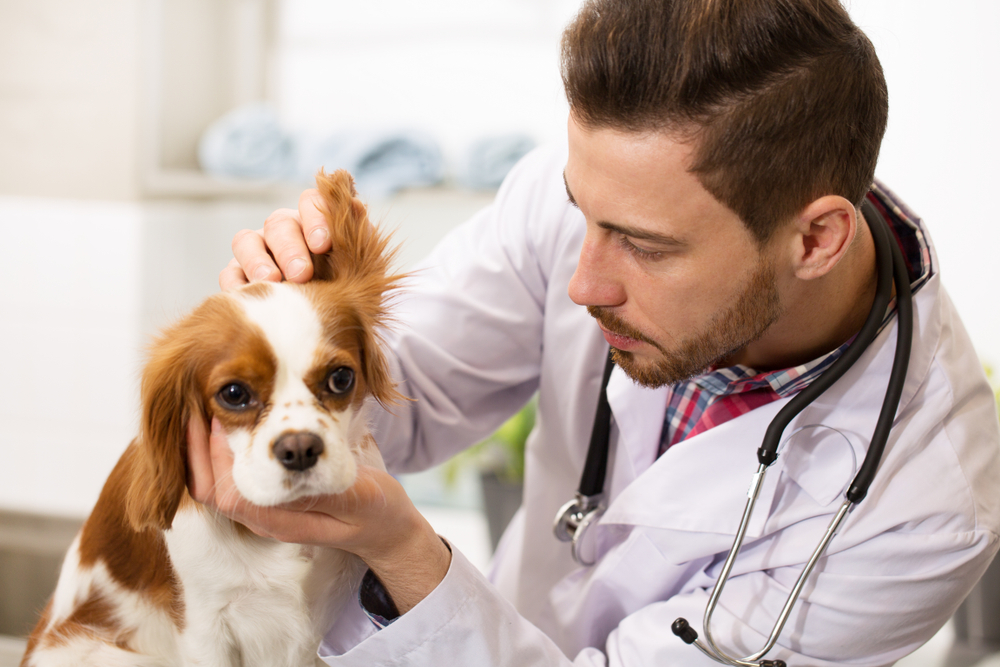
- Proper diet
- Exercise plan
- Environmental enrichment and mental stimulation
- Socialization
- Problem behavior prevention
- Appropriate vaccinations for her lifestyle
- Parasite prevention
- Dental care
- Grooming needs
- Spay or neuter
As your puppy grows, her health care needs will change, and we will discuss what is most important to promote her continued health at each appointment.
Now that you’ve welcomed your new puppy home, let us welcome your furry addition to our Homestead Animal Hospital family. Give us a call to schedule your pup’s wellness visit.



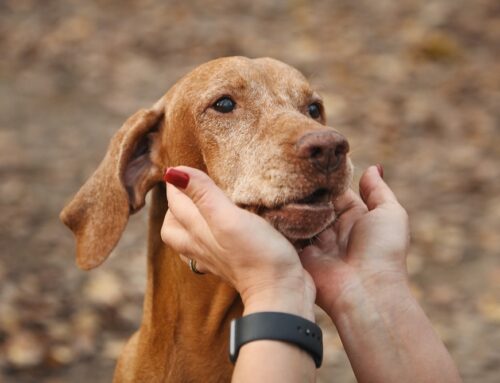
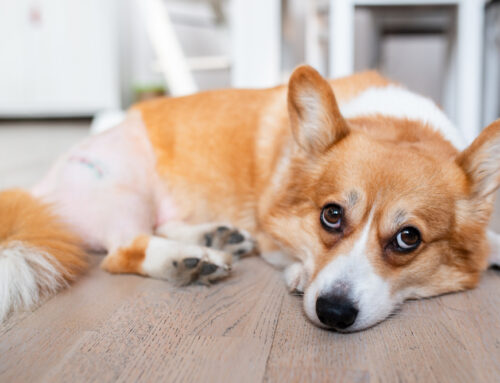
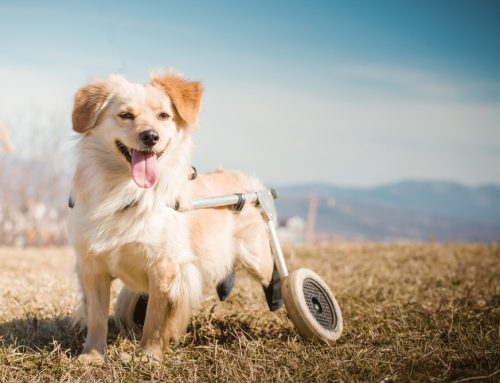
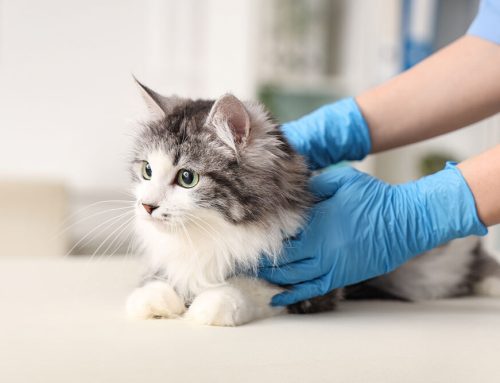









Leave A Comment